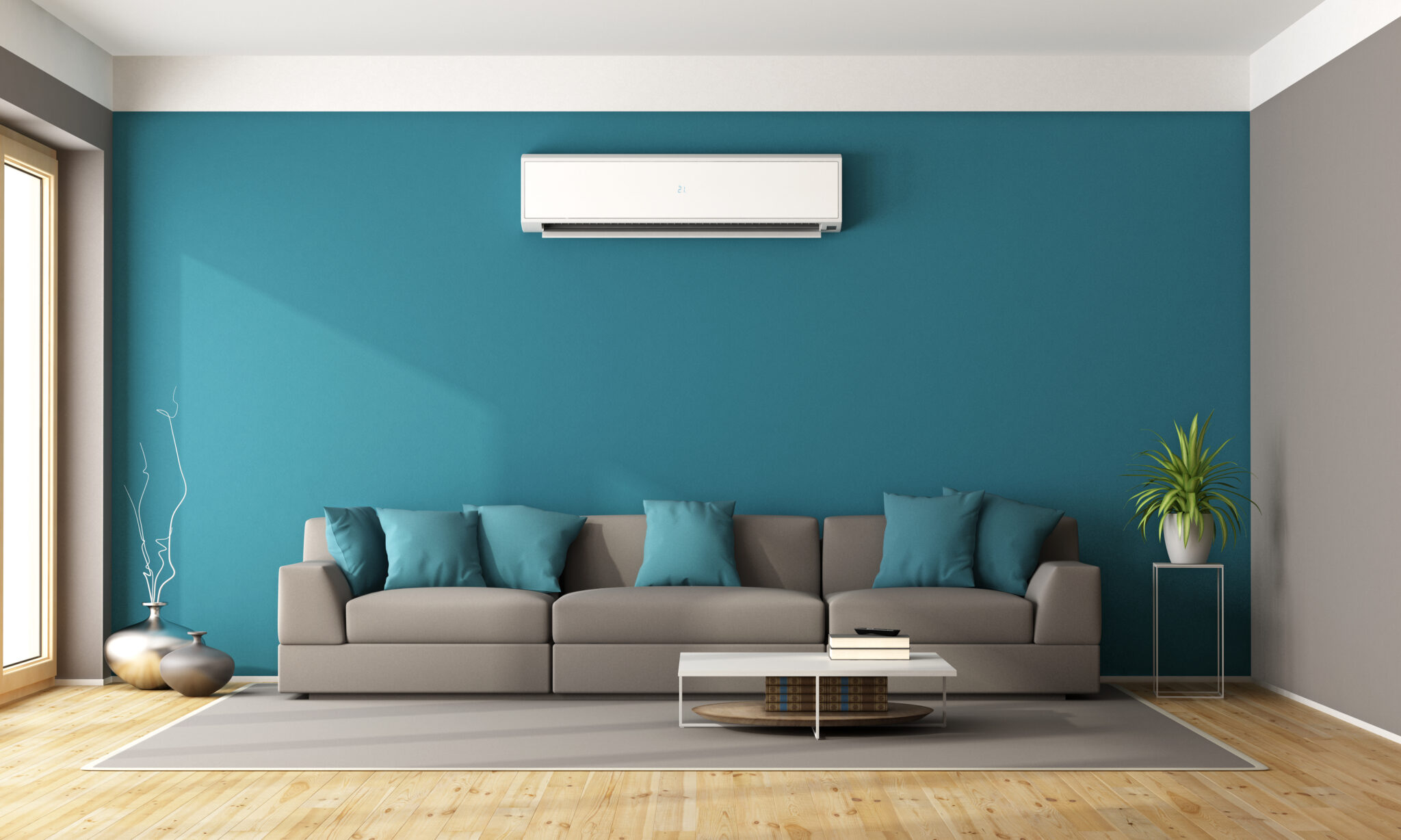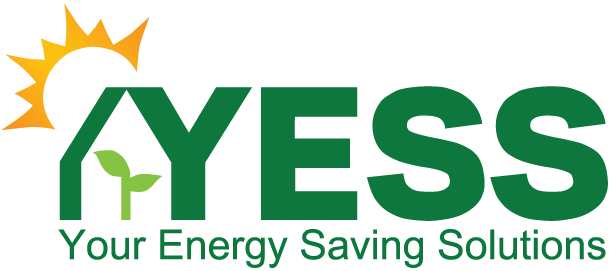
Discounted Air- Conditioners
Units and Installation
Get a Discounted Energy-Efficient Air Conditioner
Reverse cycle (or split system) air conditioners help keep your home warm in winter and cool in the summer. If you are planning on getting a brand-new split system air conditioning unit for your home, you may access great discounts on units and installation when selecting an energy-efficient unit thanks to the Retailer Energy Productivity Scheme (REPS).
Service Areas

Currently, This offer is available for Priority Group Households only. A Priority Group Household is one that has:
Not a priority group household? Check out our regular offer featuring Rinnai, Mitsubishi Heavy Industries and Fujitsu units.
Visit yess.net.au/air-conditioning/NPG for more information about non-priority group REPS AC Offers.
Energy Efficient Units

These prices include the unit price and a standard installation in NCC zones 4-5.
Prices may vary for NCC zone 6, special Installation and additional requirements.
Travel Surcharge applies for addresses 30km+ from Adelaide CBD. $2.75 per km.
Register your Interest
Our team will contact you to discuss how to apply for the offer.
Visual FAQ
Customer Payment Options
YESS offers several payment options for customers to pay for their REPS Air-Conditioning installation. It is important to advise our Accounts Department if you wish to settle via NILS or Latitude GEM Visa Credit Card payment, as we are unable to confirm an installation date without approval.
If you have any questions, please contact Accounts:
Ph: 1300 894 745—Option 1 – SA > Option 3—Accounts/Compliance > Option 1—Accounts.
Or email: [email protected]
Office Address: Unit 3/ 102 Greenhill Rd, Unley, SA 5061
Hours: Monday – Friday 9 am – 5 pm
1. 7-day Invoice
• A deposit is required before the installation can be booked.
• Once the installation is completed, we will send you an invoice via email which is due within 7 calendar days.
• Please allow a few days for the invoice to come through while our team checks over the job before sending it.
Payment options include:
• Electronic Bank Transfer Online (EFT details included on the invoice)
• Bank Branch Cash Deposit (BankSA or your local bank)
• Credit/Debit Card Online (Link included on the invoice)
• Credit/Debit Card Over the phone (1300 894 745 – Mon-Fri 9 am-5 pm)
2. Afterpay – In Store
• A deposit is required before the installation can be booked.
• Once the installation is completed, we will send you an invoice via email which is due within 7 calendar days.
• Please allow a few days for the invoice to come through while our team checks over the job before sending it.
• Visit the Unley office before the due date to pay using the Afterpay App Card through Apple/Samsung/Google Pay wallet via our EFTPOS machine.
• Our office is located at Unit 3/ 102 Greenhill Rd, Unley SA 5061 – Open Mon-Fri 9 am – 5 pm.
• Afterpay deducts over 4 interest-free fortnightly payments, the first payment is deducted on the day it is established.
• If you wish to pay off the entire balance before installation, please contact our team to make prior arrangements to come in and complete the payment.
3. No Interest Loans (NILS)
• Engage a NILS provider once we send you the quote.
• NILS providers include Good Shepherd, Salvation Army, Uniting Communities and Anglicare.
• Obtain approval from the NILS provider and send them a copy of the quote so they can arrange a direct payment to us.
• Unfortunately, we are unable to apply for this on a customer’s behalf due to the sensitive nature of the information required to apply for this facility.
• An installation cannot be booked until full payment is received.
• After the installation is completed, we will send you a copy of a $0 invoice that includes the units installed and serial numbers.
4. Latitude Finance – GEM Visa Credit Card – 6 Months Interest Free
• Obtain a GEM Visa Credit Card once we send you the quote.
• This card is interest-free for up to 6 months, with a minimum purchase amount of $250.00.
• Visit https://www.gemvisa.com.au/ to apply online and review their terms and conditions.
• Unfortunately, we are unable to apply for this on a customer’s behalf due to the sensitive nature of the information required for the online application (paper applications are not available).
• When you receive your GEM Visa Card, please contact us over the phone or visit our office to make payment.
• An installation cannot be booked until full payment is received.
• After the installation is completed, we will send you a copy of a $0 invoice that includes the units installed and their serial numbers.
General Terms and Conditions
Activity Eligibility Requirements
– Any household in South Australia where the installed product requirements and minimum installation requirements can be met, notwithstanding that all the pre-existing heater/s within the conditioned spaces of the premises must be fully decommissioned, removed from the property and disposed of.
– Each REPS activity can only be provided once per address
Installed Product Requirements
(1) The reverse cycle air conditioner (non-ducted) must achieve the following minimum performance standards under AS/NZS 3823.2 (2013) or GEMS Air Conditioners up to 65kW Determination 2019 as applicable:
• Heating Performance a. AS/NZS 3823.2 (2013), minimum 3.5 stars or minimum ACOP of 4.0
b. GEMS Air Conditioners up to 65kW Determination 2019, minimum 2.5 stars or minimum HSPF of 4.0
• Cooling Performance a. AS/NZS 3823.2 (2013), minimum 3.5 stars or minimum AEER of 4.0
b. GEMS Air Conditioners up to 65kW Determination 2019, minimum 2.5 stars or minimum TCSPF of 4.0
(2) The reverse cycle air conditioner (non-ducted) shall be single-phase and have a rated cooling output not exceeding 15kW.
(3) Multi-split systems are not eligible.
(4) The installed product must have a warranty of at least two years.
(5) Water loop heat pump products must be registered for sale under the Greenhouse and Energy Minimum Standards (GEMS) Act 2012 and comply with MEPS levels specified in AS/NZS3823.2 or GEMS Air Conditioners up to 65kW Determination 2019 as applicable.
(6) The installed product must include demand response capability, in accordance with AS/NZS 4755.3.1:2014, or AS/NZS 4755.2 (when published), or the equivalent of the superseded AS/NZS 4755.3.1:2012. In either heating or cooling mode, the device must be capable of operating in DR modes 1, plus modes 2 and/or 3 as defined in the above-noted standards.
Minimum Installation Requirements
(1) Any reverse cycle air conditioner (non-ducted) installed must comply with AS/NZS 60335.2.40.
(2) Removed pre-existing heaters/coolers shall have refrigerants and any other scheduled substances disposed of in accordance with the Australian and New Zealand refrigerant handling code of practice as established under the Ozone Protection and Synthetic Greenhouse Gas Management Act 1989 (Cth).

Get in touch to find out more
We’re here to help – any questions, please get in touch!












